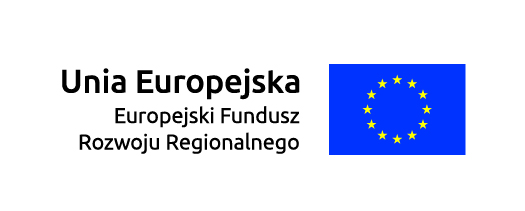Three Postludes
for Symphony Orchestra
''My initial intention was an extensive symphonic cycle consisting of a series of 'concerto works' (that's how I was going to call them at the beginning). Eventually I discontinued working on the cycle in 1960 for the benefit of 'Jeux Vénitiens' and finally it became clear to me that I would never take it up again. The first of the works I finished in 1963 and dedicated it to the International Red Cross in Geneva so that it could, suitably to this institution's request, constitute an ending of the program of its 100th anniversary celebrations, the title 'Postlude' is connected to that and to keep it simple I also gave this title to the other two parts. Besides, it suits them for the reason that they are the last compositions that I wrote in a completely non-aleatoric convention.'' (W. Lutosławski)
The one-piece ''Postlude no. 1'' is built of three episodes. The first exposes different connections of instrumental timbres, the essence of the second is increasing of the dynamics from pianissimo to tutti in fortissimo and going back to piano whereas the culmination of this thirty five and a half bar-long episode falls on the twentieth bar, that is exactly in the two thirds of its length. The third episode ties the elements of the previous ones, that is the play of the instrumental timbres known from the opening fragment with the dramaturgy shaped in a way characteristic for the middle episode, however, the tension in it decreases even more. The distinguishing feature of ''Postlude no. 2'' is a constant movement at a very fast pace. The idea of this sort of movement kept in a toned down dynamic - has its origin in the beginning of the second part of ''Concerto for Orchestra'', however, the musical matter is completely different. The composer operates with various variants of the same interval units and rhythmic motifs played by a few instruments and creating some kind of a ''bundle'' of voices. When being overlapped they cause a sense of lack of synchronisation between the voices and that's how, for the first time Lutosławski's music comes to dispersing the harmonic expressiveness. ''Postlude no. 3'' is written no less precisely and consistently. It starts with a quartal chord played tutti in the fortissimo dynamics (h-e-a), which in the course of the opus will appear repeatedly, always announcing a new, contrasting episode. The chord appears 36 times in an unchanged interval form and the same dynamics. Only at the very end of the ''Postlude'', along with the increase of the loudness, the tension is powered by an unexpected change in its build as the so far constant quartal structures are replaced by the major-second ones (f-g-a); additionally, the thus far fast tempo is twice broken by a General Pause. Beginning from the fortieth repeat of the chord, the intervals change time and again, the sequence is as follows: major thirds (des-f-a), minor thirds (es-ges-a), minor seconds (g-as-a). The second chord is repeated five times in the forte fortissimo dynamic, and then six times more and more silently (ff-f-mf-mp-p-pp). The composition breaks off giving the impression of a spring propelling a mechanical toy unwound to nearly the very end yet moving the still twitching mechanism with the remnants of energy - and this was one of the most formal ideas in Lutosławski's then current portfolio. [Krzysztof Meyer]
- Type: score






